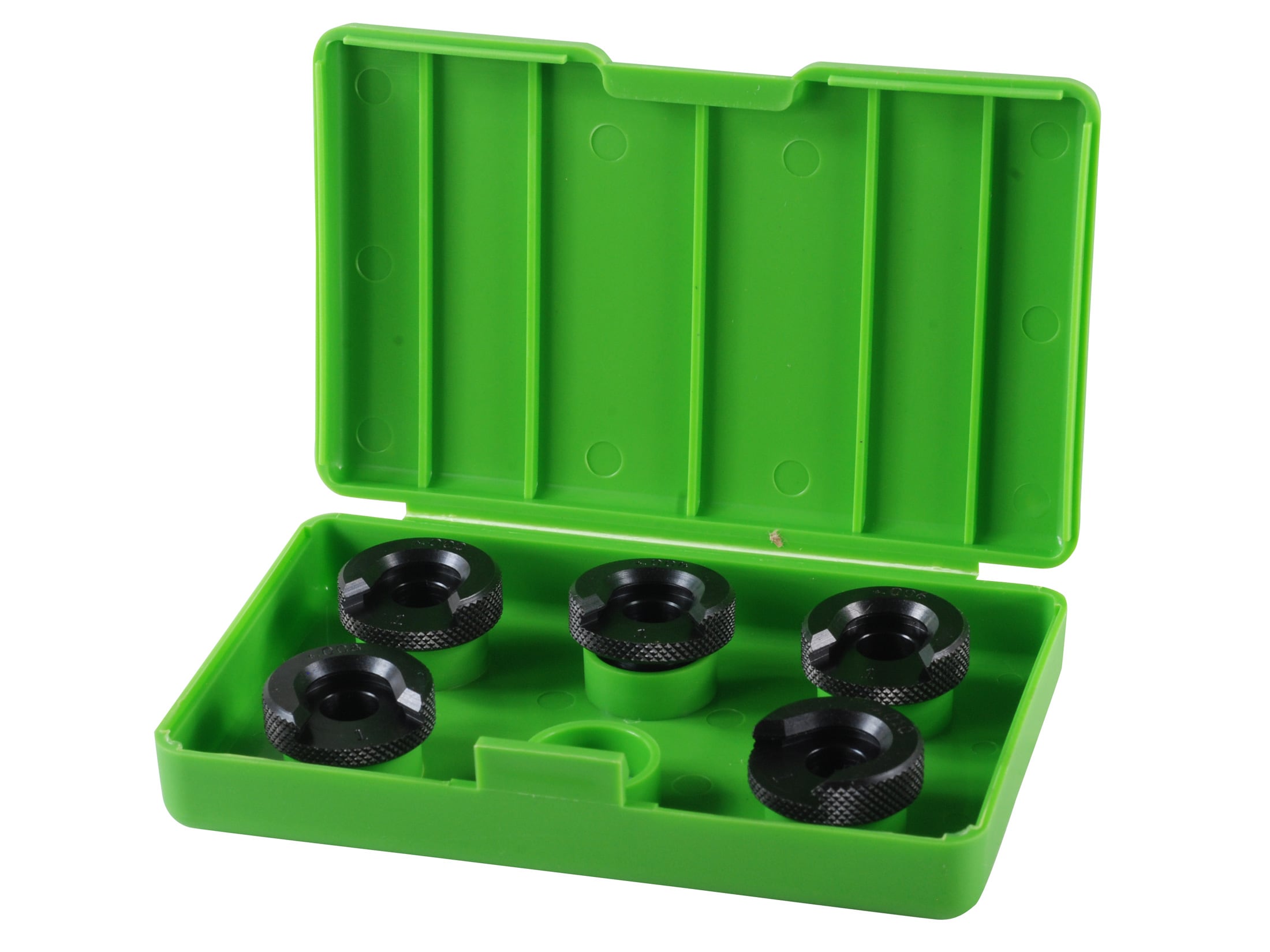Finally figured it out. I was wondering why my bolt was hard to close after 3 firings and neck only die. I thought that bullet was too far out but it wasn’t. Also the headspace gauge/ Rcbs precision mic read 3 lines before zero. Meaning headspace is a touch smaller than spec. So why was it still hard to close.
So I took the plunger and firing pin off my bolt to see if after doing all my prep and neck sizing if it still did this. And yes it does not close easily. I decided to use my fl die with out the decapper and ball as I already use the lee collet neck die.
I put lube then put through die then cleaned and tried in rifle and this time it closed easily. I checked the Rcbs mic again and once again the measurement as on the same spot. It did not move. It seems the reason it was difficult to close bolt was because the body had gotten larger and once in fl die it shrank it to proper specs.
I had thought that measuring headspace also measured the body of the case. Shouldn’t the headspace grow taller if the body is pushed in??
I am really having hard time setting up my fl die and is why I gravitated to the neck die. When I use the fl die I notice that at times the head space measure ment is not always the same. Sometimes i have to screw in the fl die and make adjustments so that the headspace is smaller. When we fire the rifle the case conforms to the chamber. The chamber does not get larger or shrink. Why is the fl die not consistent. I make sure I have same amount of lube and same pressure on the press. But sometimes I notice there are cases that is hard to press and some are easier.
Basically I have to measure headspace of each case every time out of the fl die only when I feel a different resistant on the press.
Is this all normal. When I buy a box of Lapua brass and once fire the case and put through my fl die each brass may stretch differently I may have to measure each and adjust die each time.
So I took the plunger and firing pin off my bolt to see if after doing all my prep and neck sizing if it still did this. And yes it does not close easily. I decided to use my fl die with out the decapper and ball as I already use the lee collet neck die.
I put lube then put through die then cleaned and tried in rifle and this time it closed easily. I checked the Rcbs mic again and once again the measurement as on the same spot. It did not move. It seems the reason it was difficult to close bolt was because the body had gotten larger and once in fl die it shrank it to proper specs.
I had thought that measuring headspace also measured the body of the case. Shouldn’t the headspace grow taller if the body is pushed in??
I am really having hard time setting up my fl die and is why I gravitated to the neck die. When I use the fl die I notice that at times the head space measure ment is not always the same. Sometimes i have to screw in the fl die and make adjustments so that the headspace is smaller. When we fire the rifle the case conforms to the chamber. The chamber does not get larger or shrink. Why is the fl die not consistent. I make sure I have same amount of lube and same pressure on the press. But sometimes I notice there are cases that is hard to press and some are easier.
Basically I have to measure headspace of each case every time out of the fl die only when I feel a different resistant on the press.
Is this all normal. When I buy a box of Lapua brass and once fire the case and put through my fl die each brass may stretch differently I may have to measure each and adjust die each time.


